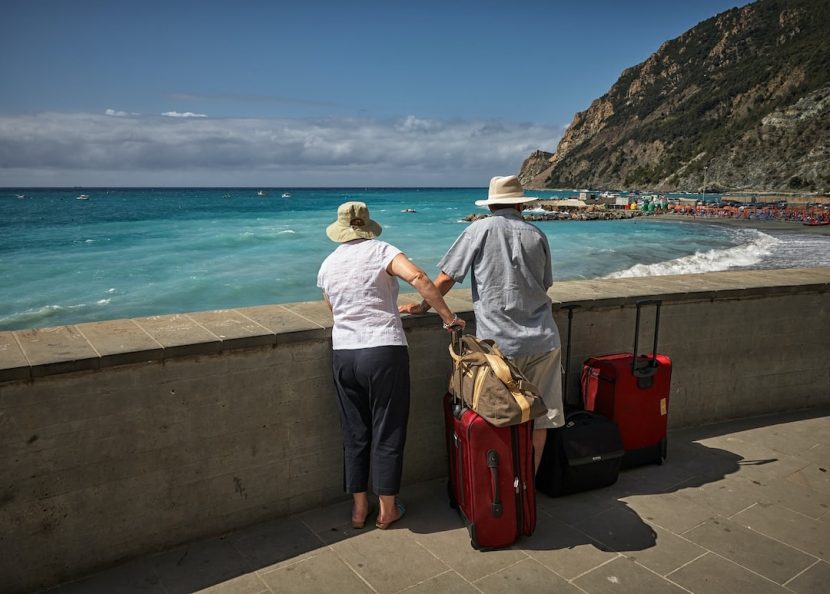The Heide Museum of Modern Art, located in Bulleen, Victoria, Australia, is one of the country’s most prestigious museums. Heide Museum is known for its extensive collection of modern and contemporary art, showcasing the works of renowned Australian artists.
The Origins of Heide Museum
Heide Museum was founded in 1981 by John and Sunday Reed. The Reeds were passionate art collectors and patrons who played a significant role in the development of the Australian modern art movement. They transformed their property, Heide Estate, into a sanctuary for artists and intellectuals, creating an artistic haven that fostered creativity and collaboration.
Image: Heide Museum of Modern Art
The Architects
The design of Heide Museum is credited to the renowned Australian architect, David McGlashan. McGlashan was chosen by the Reeds to design the museum, as they believed in his ability to create a space that would seamlessly integrate with the surrounding landscape.
McGlashan’s design was influenced by the modernist architectural style, characterized by clean lines, simple forms, and a harmonious relationship with nature. He incorporated elements of industrial structures, such as corrugated iron and concrete, into the design, which resulted in a unique and visually striking building.
The Main Building
The main building of Heide Museum, known as Heide I, was completed in 1934. It was initially used as the Reeds’ residence and later converted into a gallery space. The building features large windows that provide ample natural light, allowing the artworks to be displayed in their true form.
Image: Heide I, the main building of Heide Museum
Extensions and Renovations
Over the years, Heide Museum underwent several extensions and renovations to accommodate its growing collection and visitor needs. In 1993, an extension named Heide II was added, designed by McGlashan’s architectural firm, McGlashan Everist.
Heide II encompasses additional gallery spaces, an auditorium, and a restaurant. The extension follows the design principles of the main building and integrates seamlessly into the existing structure.
Further expansions were undertaken, including the addition of Heide III and Heide IV. Each new addition respected and enhanced the original design while providing modern facilities for visitors and artists.
The Legacy of Heide Museum

Heide Museum’s design and architecture have played a vital role in shaping its identity as a significant cultural institution. The combination of the natural surroundings, the unique building design, and the impressive art collection creates an immersive and inspiring experience for visitors.
Today, Heide Museum continues to be a center of artistic exploration and expression. It hosts changing exhibitions, educational programs, and events that celebrate the rich artistic heritage of Australia while promoting contemporary art and fostering a vibrant creative community.
Image: Heide Museum gardens
Heide Museum’s design, spearheaded by architect David McGlashan, has made it an iconic institution within the Australian art scene. The seamless integration of art, architecture, and nature creates a unique atmosphere that draws visitors from around the world. The museum’s commitment to showcasing Australian modern and contemporary art and promoting artistic excellence ensures its continued relevance and impact within the art community.
Sources:
- Heide Museum of Modern Art: https://www.heide.com.au/
- ArchitectureAU: https://architectureau.com/articles/hei-0/
- Visit Victoria: https://www.visitvictoria.com/regions/melbourne/things-to-do/art-theatre-and-museums/art-galleries/heide-museum-of-modern-art
